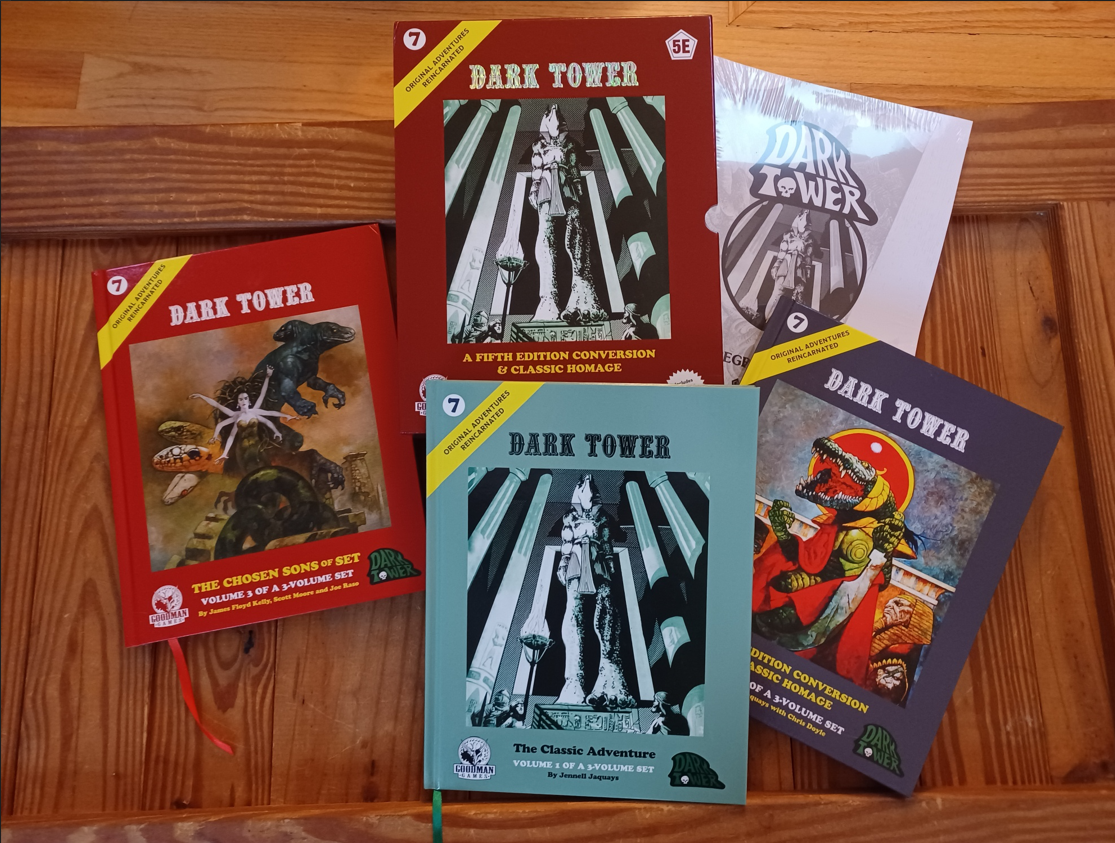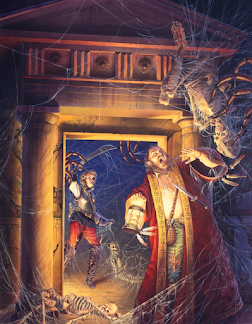We have a lot of "sudden" elections out here. Usually it is some item that for scheduling reasons can't get on a fall ballot. Local school bonds sometimes hit here, or small operations like the King County Conservation Board. Boom! We have an election. We just had one such election just now, north of Grubb Street, in nearby Renton, about raising the minimum wage (Digression: it passed handily, which surprised me, both because these are special elections attract few voters (and those voters are tend to be older and more conservative) and because it had some well-funded opposition from corporate-funded PACs (with some of the worst lawn signs ever - "We aren't Seattle!" is not a winning slogan, even in Renton)).
Anyway, we have a primary in the middle of March. No, not the real state primary, that's in August. This is the Presidential Primary. The state had the primary moved up from its usual June date because by May it is usually all over but the shouting. So it's in March, even though this year it is all over but the shouting.
And all states have their own method of dealing with choosing delegates for their national conventions. Some have caucuses. Some have primaries. Some have primaries, but real selection happens in the caucuses. Some have their own special rules and conditions. There has been a lot of ink spilled on people trying to get Trump off the primary ballots in some states, but Biden wasn't even on the ballot for the New Hampshire primary (the state party was mad that he didn't want NH to be the "first in the nation" primary - he won handily with a write-in vote).
Now to be honest, I am a little irritated by the entire idea of party primaries paid for and overseen by the public purse (though I do trust them to do a good job). The majority of folk out here consider themselves "independents", even if they tend to vote for one party or the other. So this is a bit of a subsidy for the political organizations (for local elections with a slew of candidates, fine). But that's me.
Worse, of course, is that it is all over but the shouting. The Democratic Party will be nominating the incumbent President Joe Biden, while the GOP will be nominating twice-impeached, many-times indicted Donald Trump. And most of their competition has already dropped out, so, barring some immediate crisis, it is not really an election for the ages.
Anyway, for this presidential primary in Washington State, you DO have the choice of either voting for the Democratic nominee or the Republican one. You can't do both. That is in part to reduce the "mischief" factor of people who feel that their choice is a lock and want to go over and vote for some other candidate than the anointed one in the primary. There's some of that on both sides, I suppose. But this method also tells people how you voted in the election (not WHO you voted for, but just that you voted in THAT election) and probably gets you on a mailing list of some sort. (I haven't done this, but I DO get the occasional "town hall" robo-call from some GOP candidate in a district I don't even vote in, so that tells you how good the entire process is).
And you DO have a choice, but the deck is more than a little stacked for the party-chosen favorites. Let's take a look at each of them. Your own state's rules can be found here,
The Democratic Party is sending 111 delegates to the National Convention in Chicago, of which 92 will be pledged as a result of the primary (we'll talk about the other 18 in a moment). Sixty of those are pledged as a result of elections in the State's 10 congressional districts (3 per district). The other 32 are pledged based on the statewide results, with 20 of those determined as "At large delegates".
The 18 from the general group, and the 12 from the statewide group are what they now call PLEOs (Party Leaders and Elected Officials - also known as "super-delegates"). From the group of 18 taken right off the top, that is 8 members of the DNC, 10 members of congress (our 2 senators and 8 representatives of the Democratic Party), for the rest, the other 12 are...well, I'm not quite sure who they are, but they're there. The PLEOs will not vote on the first ballot, but are allowed to vote after the first ballot.
Confused? Yeah, me too, a little. But the result is that a healthy chunk (about a quarter of the total) of the delegates come from the "organized party", and if the party is organized (and sometimes it's not), the party's chosen has a significant leg up.
The Republicans, on the other hand, are actually simpler. They are sending 43 delegates to the convention in Milwaukee. This is a "winner-take most" situation, where each legislative district is sending 3 delegates to the convention. If one candidate gets 50% plus, they get all three. If 2 candidates get 20% plus, the higher result gets 2 and the lower 1. If none get 20% or more, or if more than 2 get 20% or more, then the top three get one delegate. I know, it sounds like the victory conditions to a European Board Game, but it makes a modicum of sense.
And in addition to the 30 from the district results, there are 10 at-large delegates based on the statewide results (with similar restrictions as above) and only 3 RNC delegates selected by the party (National Committeeman, National Committeewoman, and the chair of the Washington Republican Party). All of these 43 delegates are bound only to the first round of ballots, and after that can do as they see fit at the convention. Which is actually a little clearer and fairer than the Democratic side, and puts a lighter thumb on the scales for the national-level party choice.
But it doesn't matter, really. The Democrats are going with the incumbent, and the GOP is going with their former choice, who has pledged to drain their coffers dry in his attempts to stay out of jail. That last one bothers me only in that Eugene V. Debbs, the Socialist Candidate in 1920, ran for president from prison, where he was serving time for SEDITION, and got 3.4% of the vote. So jail is hardly a recommendation, but is not a career-ending fact.
In the end, we're looking a push-poll, as effective as those Advisory Votes I always rail against. Something to note in the press for that week, then move on. Sure, go take a look at the Candidate list and their statements in the Voter's Guide (The one for Trump suspiciously has no ALL CAPS and less whining), and if the spirit moves, go for it. Make your voice heard. I probably will. But I, for once, am a bit cynical about the process.
But I will see you in August, when the REAL primary shows up.
More later,









